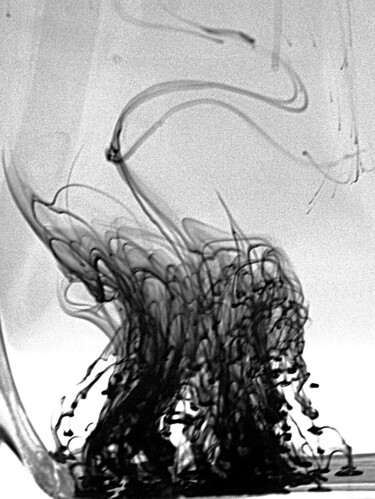I’ve been thinking about the relationships between animals and humans in Disney’s Dumbo, about the fact that it centers on animals—elephants in particular—and not on humans. This animal focus is not at all unusual. By this time, 1941, there’d been a substantial history of cartoons centered on animals. If anything, cartoons were more likely to center on humans than animals.
At the same time I’ve been trying to get a handle on what, for lack of better terms, we can think of as the metaphysical implications of animation as a medium, specifically, animation as opposed to live action film-making. I’ll leave the metaphysics as an exercise for the reader; I’ve not yet figured out how to do it. But I’ve got half a clue about the animals.
Of Animals and Cartoons
Why elephants? Akira Mizuta Lippit has a most provocative suggestion in Electric Animal: Toward a Rhetoric of Wildlife (pp. 186-187):
The Oxford English Dictionary places the first known usage of the word anthropomorphism in the context of “an injunction against attributing human traits to animals” in the second half of the nineteenth century. (Until this referential shift, the word was used to indicate mistaken attributions of human qualities to deities.) It is during in the nineteenth century, with the rise of modernism in literature and art, that animals came to occupy the thoughts of a culture in transition. As they disappeared, animals became increasingly the subjects of nostalgic curiosity. When horse-drawn carriages gave way to steam engines, plaster horses were mounted on tramcar fronts in an effort to simulate continuity with the older, animal-driven vehicles. Once considered a metonymy of nature, animals came to be seen as emblems of the new, industrialized environment. Animals appeared to merge with the new technological bodies replacing them.
Near the very end of the book Lippit has some intriguing comments about cinema, animation in particular (p. 196):
One final speculation: the cinema developed, indeed embodied animal traits as a gesture of mourning for the disappearing wildlife. The figure for nature in language, animal, was transformed in cinema to the name for movement in technology, animation. And if animals were denied the capacity for languages, animals as filmic organisms were themselves turned into languages, or at least, into semiotic facilities.
If Lippit’s speculations are plausible, and I’m certainly disposed toward them, we can begin to see why so many animals appeared in cartoons. As Lippit notes a bit later, animation “encrypted the figure of the animal as its totem” (p. 197). And so we have Bugs Bunny and Daffy Duck, Mickey Mouse and Donald Duck, Woody Woodpecker and Andy Panda, Tom and Jerry and Yogi the Bear, Huckleberry Hound and countless others, funny animals all. In Lippit’s terms, those funny animals are “semiotic facilities.” Facile, in the sense of virtuosity, they are, and fascinating as well.
